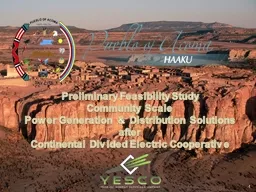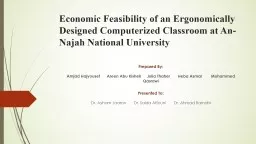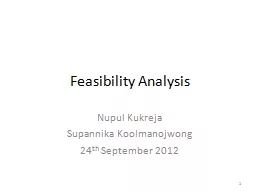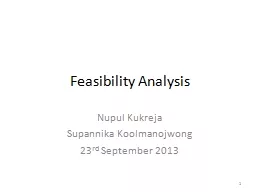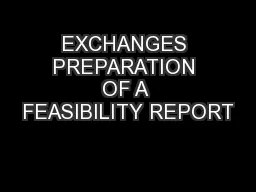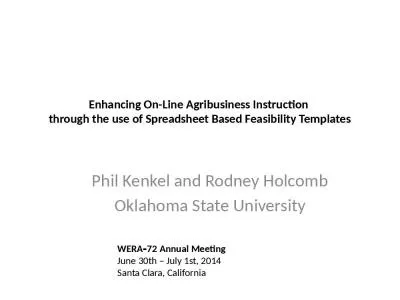PPT-Preliminary Feasibility Study
Author : stefany-barnette | Published Date : 2018-10-20
Community Scale Power Generation amp Distribution Solutions a fter Continental Divided Electric Cooperative 1 CDEC will no longer be providing retail electric
Presentation Embed Code
Download Presentation
Download Presentation The PPT/PDF document "Preliminary Feasibility Study" is the property of its rightful owner. Permission is granted to download and print the materials on this website for personal, non-commercial use only, and to display it on your personal computer provided you do not modify the materials and that you retain all copyright notices contained in the materials. By downloading content from our website, you accept the terms of this agreement.
Preliminary Feasibility Study: Transcript
Download Rules Of Document
"Preliminary Feasibility Study"The content belongs to its owner. You may download and print it for personal use, without modification, and keep all copyright notices. By downloading, you agree to these terms.
Related Documents

